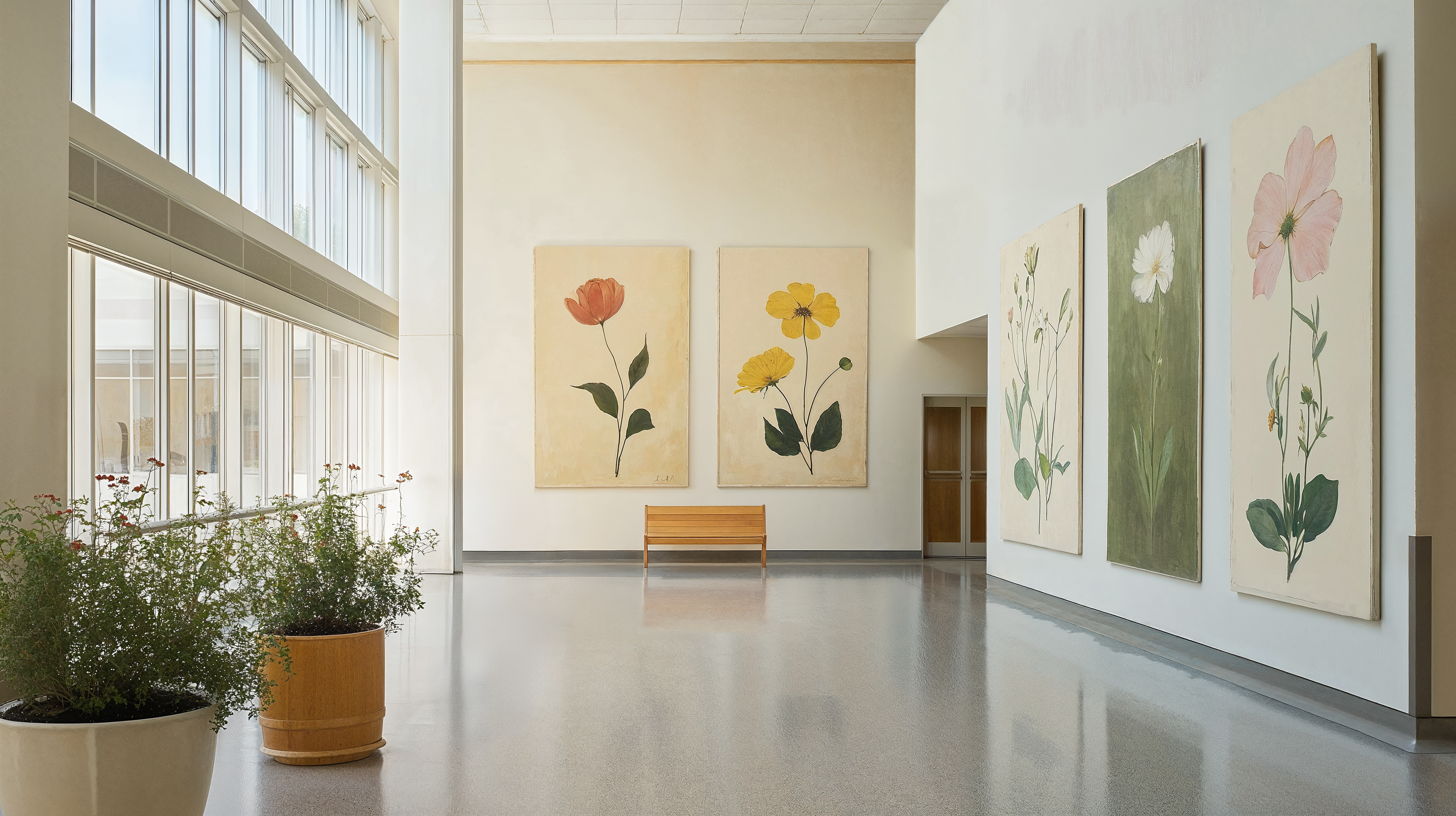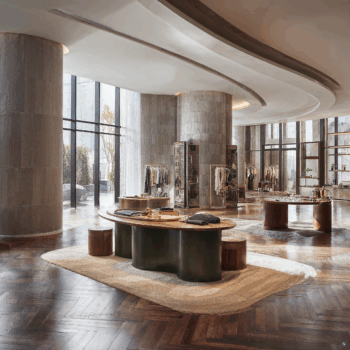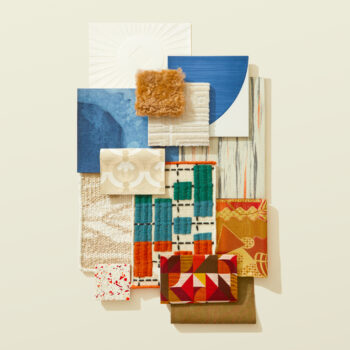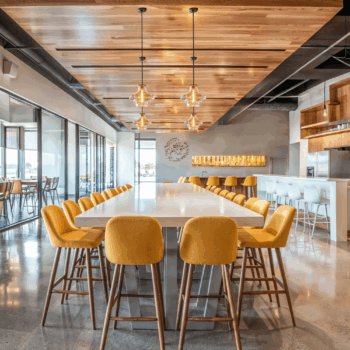
Hospitals and clinics are no longer just functional spaces—they are evolving into environments designed to heal both body and mind. The intersection of art and healthcare has led to the integration of murals, sculptural installations, and curated design elements that transform medical spaces into uplifting, human-centered experiences. Beyond aesthetics, these artistic interventions contribute to stress reduction, patient engagement, and emotional well-being, reinforcing the powerful role that color, texture, and storytelling play in recovery.
Wall murals and large-scale art pieces bring vibrancy and storytelling into healthcare spaces. Whether depicting nature scenes, abstract compositions, or cultural narratives, these works offer a sense of familiarity and comfort for patients navigating medical treatments. In pediatric settings, playful and imaginative murals create moments of joy, while in oncology centers, soft, serene imagery fosters calm and resilience.
Healthcare environments are embracing materials that engage the senses, from dimensional wallcoverings to acoustic paneling with artistic patterns. These surfaces not only provide visual intrigue but also serve functional purposes, such as sound absorption in waiting areas or wayfinding cues through color and pattern. Biophilic-inspired designs, abstract textures, and nature motifs further enhance the connection between art, materiality, and well-being.
Beyond two-dimensional artwork, healthcare spaces are incorporating sculptural and interactive elements to encourage patient engagement. Decorative glass partitions, suspended kinetic sculptures, and textured relief walls offer tactile and visual interest, creating an environment that feels welcoming and dynamic rather than clinical and impersonal.
Intentional color selection plays a critical role in emotional response within healthcare settings. Soft blues and greens evoke calmness and clarity, while warm tones provide a sense of energy and optimism. When integrated into painted murals, textiles, or glass applications, color becomes a tool for enhancing patient comfort and reducing anxiety.
The infusion of art into healthcare settings represents a fundamental shift in patient-centered design, where environments prioritize emotional, sensory, and psychological well-being alongside medical care. Whether through bold artistic statements or subtle, textured surfaces, these design choices are reshaping the future of healing spaces—proving that in healthcare, art is more than decoration; it’s an essential part of the healing process.
Want more healthcare design inspiration? Read our article on Wayfinding in Complex Medical Centers.







